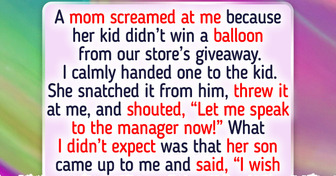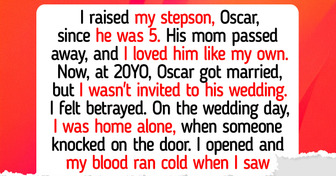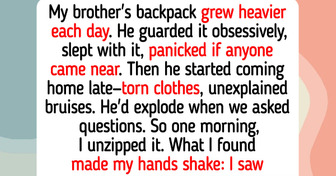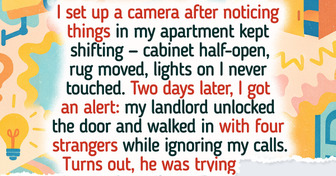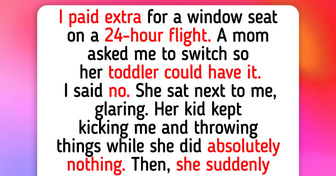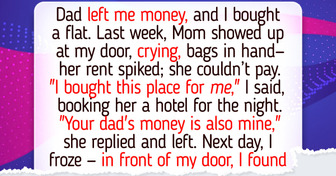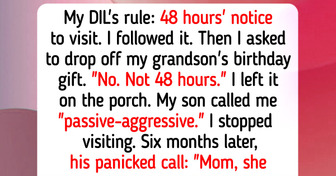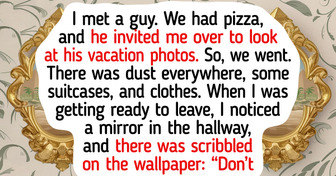9 Things You Can Do After a Trip to Stay Bed Bug Free

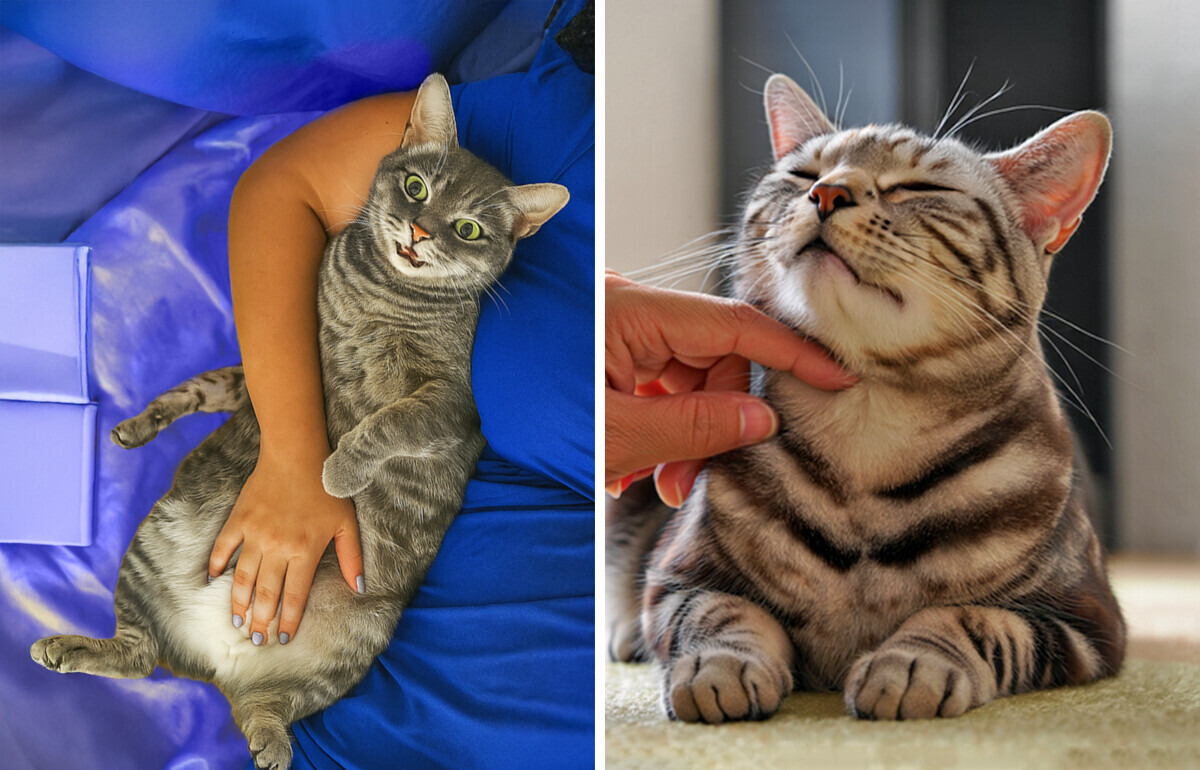
We all love to give our furry friends a good cuddle, but the truth is, most dogs see hugs as an invasion of their personal space. While we humans see a hug as a warm sign of affection, a dog can feel trapped and even threatened when your arms are wrapped around them. They’ll often tolerate it because they’re part of your family, but pay attention to their body language (a lick of the lips, a yawn, or a tense posture are all clues that they’re just not feeling the love).
The best way to show your pooch you care is by letting them call the shots. Let them come to you for a snuggle and pet them where they love it most, like on their chest or back, not their head. By letting them set the pace, you’re strengthening your bond and showing them you respect their boundaries. Remember, their comfort is more important than a cute photo op.
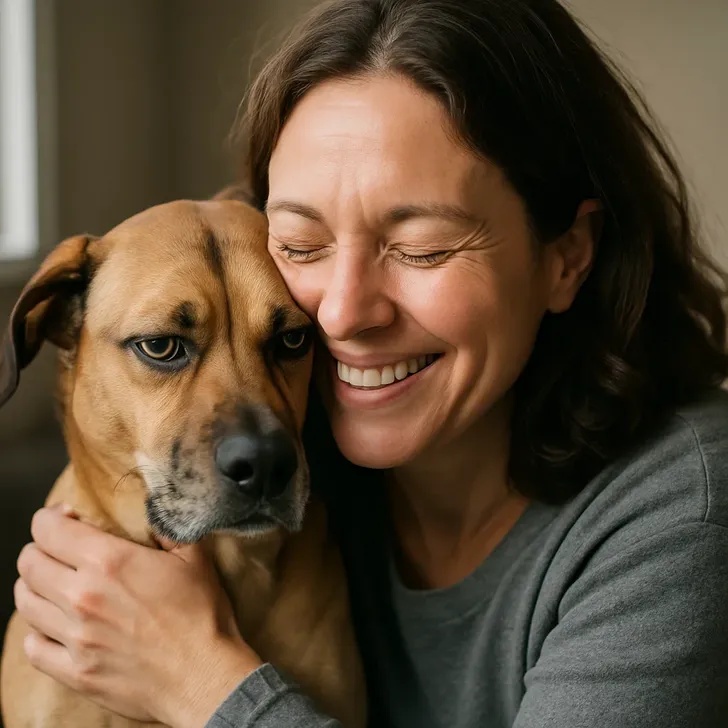
Getting up in a dog’s face might seem like a natural way to say hello, but for them, it can be a real turn-off. Imagine a stranger rushing up to you and getting right in your personal bubble; it feels a little unnerving, right? Dogs feel the same way. This kind of close contact can make them feel cornered and anxious, especially if they don’t know you well.
As their owner, you might need to get up close for things like a dental check or ear cleaning. The trick is to go slow and be gentle. Use a calm voice and make sure you reward them with lots of treats and praise. The key is to make these interactions a positive experience, not a stressful one. If they’re showing signs of fear or stress, like trying to pull away, it’s a good idea to back off and try again later.
To us, a walk is a great way to get some exercise, but to a dog, it’s like reading the daily newspaper. Their world is all about scent, and every tree, bush, and fire hydrant tells a story. When you rush your dog on a walk without letting them stop and sniff, it’s like a speed-read version of a book you’re really into. It’s frustrating, and they miss out on all the juicy details.
Allowing your dog time to explore with their nose isn’t just a courtesy; it’s vital for their mental stimulation. It helps them feel grounded and connected to their environment. So next time you’re on a walk, take a deep breath and let your pup lead the way. A little extra time spent sniffing can lead to a much happier and more fulfilled dog.
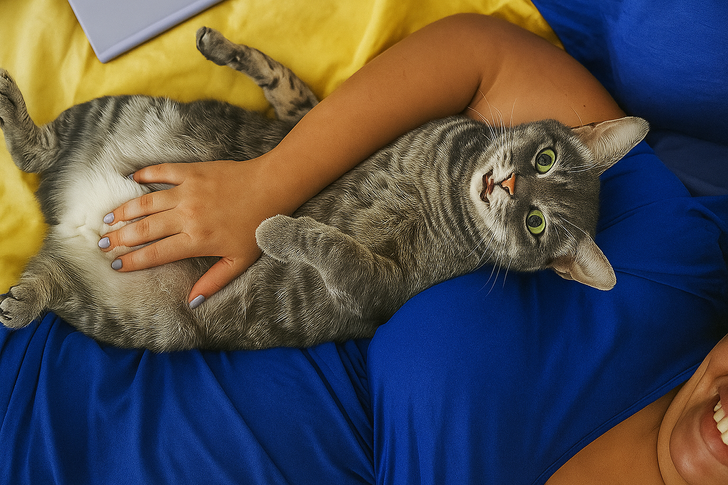
Cats might be known for their independence, but they still enjoy affection (well, on their own terms). Unlike dogs, most cats aren’t big fans of being picked up and held, especially by strangers. To them, it feels like a loss of control, and it can make them feel trapped and anxious. Even if they tolerate it, it doesn’t mean they’re enjoying it.
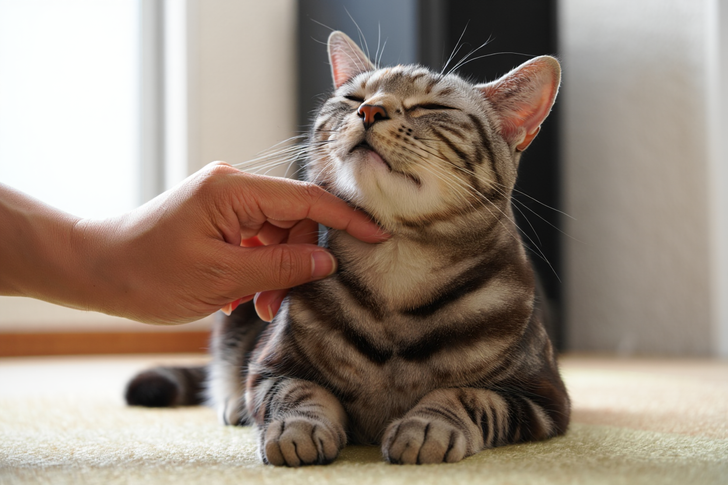
A better approach is to let your cat come to you. Offer a hand for them to sniff and see if they’re interested in being stroked. Cats prefer to be touched on the head, so avoid sensitive areas like their paws and belly. By giving them the choice to interact, you’re building a bond of trust and respect.
Your cat’s sense of smell is incredibly powerful, which means they’re very sensitive to strong fragrances. The same essential oils and air fresheners that you find relaxing can be overwhelming and even toxic to them. Scents like citrus, eucalyptus, and lavender can be a major turn-off for a cat and can irritate their sensitive noses.
To keep your cat’s environment comfortable, use unscented cleaning products and steer clear of strong perfumes and air fresheners. This also applies to their personal belongings (opt for unscented cat litter and avoid using scented disinfectant on their bowls and toys). It’s a small change that can make a huge difference in their daily life.
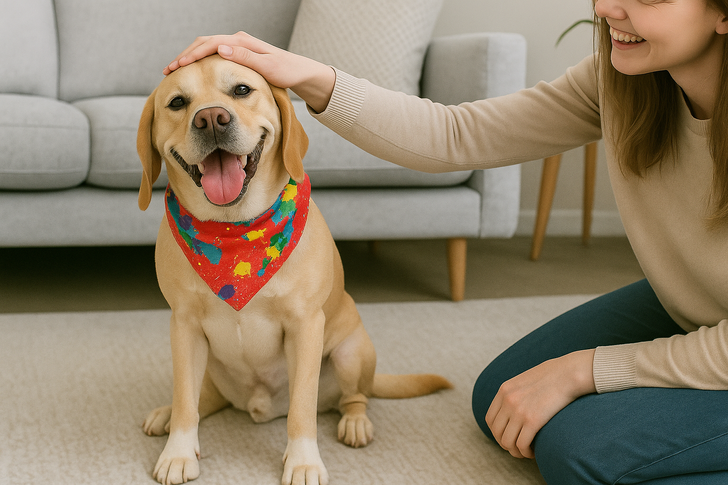
You might think a free-for-all life is what your dog dreams of, but they actually thrive on routine and clear boundaries. A dog without rules is like a ship without a rudder; they’re lost and unsure of what to do. This can lead to anxiety and behavioral issues that leave both of you feeling frustrated. Establishing a consistent schedule for feeding, walks, and playtime gives them a sense of security and predictability.
Dogs are creatures of habit, and knowing what to expect can really boost their confidence. Rules aren’t (should not) meant to be a punishment; they’re a way of communicating what you need from them and helping them feel safe in their world. When you provide a consistent routine and a few simple, well-enforced rules, you’ll likely find your dog is not only better behaved but also more relaxed and content.
It’s tempting to raise your voice when your dog is doing something they shouldn’t, but yelling can actually do more harm than good. Your dog doesn’t understand the words, but they definitely feel your frustration and anger. This can cause sensitive or fearful dogs to become scared, and even the most laid-back pups can become desensitized, ignoring you altogether.
Instead of scaring your dog into submission, try using positive reinforcement. This means rewarding the good behavior you want to see. For example, if they’re chewing on a shoe, redirect them to a toy and praise them when they chew on that instead. It’s about building a trusting relationship where they want to please you, not one built on fear.
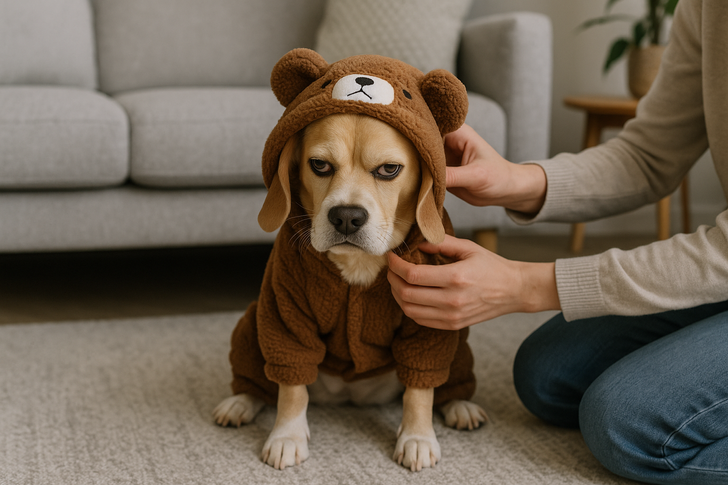
People love seeing a dog in a cute little sweater or a funny costume, but chances are, your dog isn’t as big a fan as you are. While some dogs will tolerate being dressed up, most find it uncomfortable and restricting. They may be putting up with it because they love you, but they’d much rather be au naturel.
If you live in a cold climate and your dog truly needs a coat for protection, introduce it gradually. Start with something simple and lightweight, and reward them with treats and praise every step of the way. Always pay attention to their body language. If they look stressed or are trying to get the clothing off, it’s a good sign they’ve had enough.
It’s no secret that dogs are incredibly in tune with our emotions. When you’re feeling stressed, sad, or upset, your dog can sense it. This emotional connection means that your bad mood can rub off on them. Some dogs might become sad or withdrawn, while others might act out because they’re not getting the attention or stimulation they need.
Your dog can be your biggest support system. Spending time with them, even just going for a walk, can not only help you feel better but also provide the routine and attention your dog needs. Their love is unconditional, and their presence can be a powerful antidote to stress. Remember to take care of yourself, because when you’re happy, your dog is likely to be happier too.
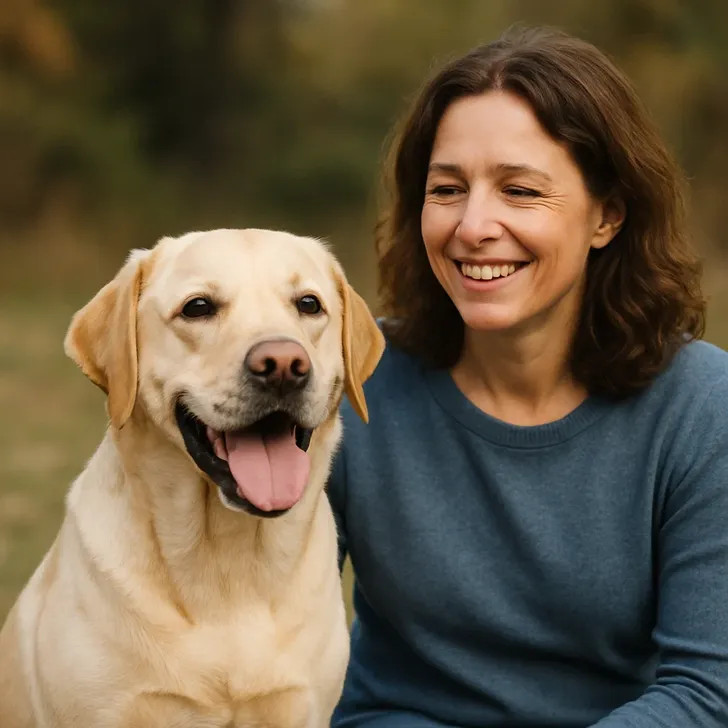
You might think you’re helping your dog by making them interact with a new person or another dog, but you could be doing more harm than good. Just like us, dogs have their own preferences, and forcing them to socialize with someone they don’t like can be stressful and even lead to aggression. When your dog shows signs they want to be left alone (like hiding behind you or stiffening up), it’s important to respect their feelings.
Instead of forcing a stressful encounter, a better approach is to provide a gentle, safe introduction. Let your dog meet new people or animals on their own terms, at their own pace. This builds trust and shows them you’re a good leader who will protect them.
By respecting their boundaries, you can help them feel more confident and less anxious in social situations.
This article is intended for entertainment purposes only. We make no representations or warranties regarding the completeness, accuracy, reliability, or safety of the content provided. Any actions taken based on the information in this article are strictly at the reader’s own risk. We assume no responsibility or liability for any loss, damage, or consequences arising from the use of this content. Readers are advised to exercise their own judgment, take appropriate precautions, and seek professional guidance if attempting to replicate any part of the content.

